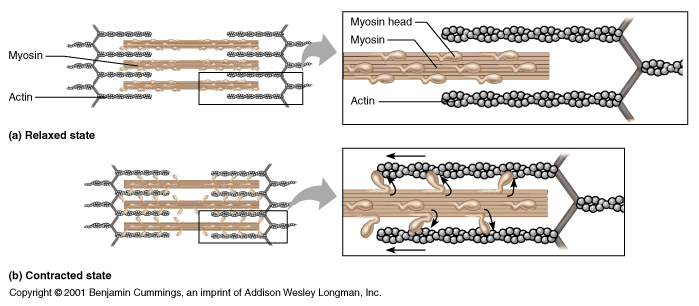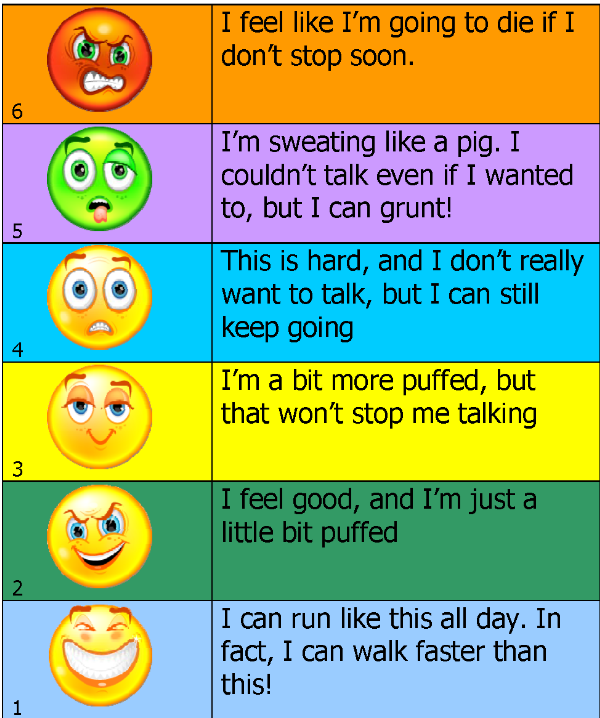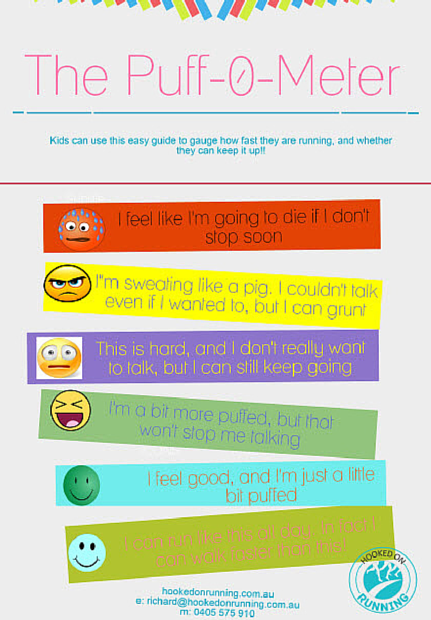If you’re trying to lose weight, you don’t have to go without the yummy things completely. Try this traditional English breakfast for a great Sunday lunch which won’t break the calorie bank!

Just 10 minutes to prepare yourself a yummy 313 calories.
Nutritional Information
Calories: 313
Fat: 11.0
Protein: 23.8
Carbohydrates: 27.6
Fibre 7.2
Ingredients
| 60g | baked beans in tomato sauce |
| 2 | flat mushrooms,large (approx 2Sg each) |
| 40g | back bacon,extra lean,thinly sliced |
| 1 | eggs,large (approx SOg each) |
|
1 1slice |
tomatoes,small (approx 100g each) bread,wholemeal(approx 40g each) |
| 3 spray | cooking oilspray |
Method
- Arrange ttle mushrooms on a non-Stick frying pan ttlat has been sprayed witt! cooking oil spray and cook over a medium-high heat untilthe undersides are golden.
- Tum over and cook ttle ottler side ttlen remove ttle mushrooms from ttle frying pan onto a warm serving plate.
- Spray ttle frying pan again and add ttle bacon and tomato halves and cook until ttle bacon is golden and tomato softened.
- R.emove to ttle serving plate.
- Put ttle bread In the toaster and put the beans In a microwaveable dish to heat ttlrough;1.5 minutes on High (you will need to Increase this dme by approximately 30-45 seconds per additionalserving).
- Meanwhile,spray the frying pan again and break ttle egg Into ttle frying pan.
- Leave undlttle underside Is golden and ttlen carefully,using a wide spatula,flip the egg over and cook the other side for approximately 30 seconds.
- Put ttle tDast on ttle serving plate,put ttle cooked egg on tDp and spoon the baked beans ontD the plate. Chefs suggestions:
– If you don’t have a warmed plate,heat the bacon/mushrooms/tomato on the plate in the microwave for 30 seconds on Medium before adding the toast, eggs and beans to the plate to serve.









 Train to breathe as hard as you can
Train to breathe as hard as you can